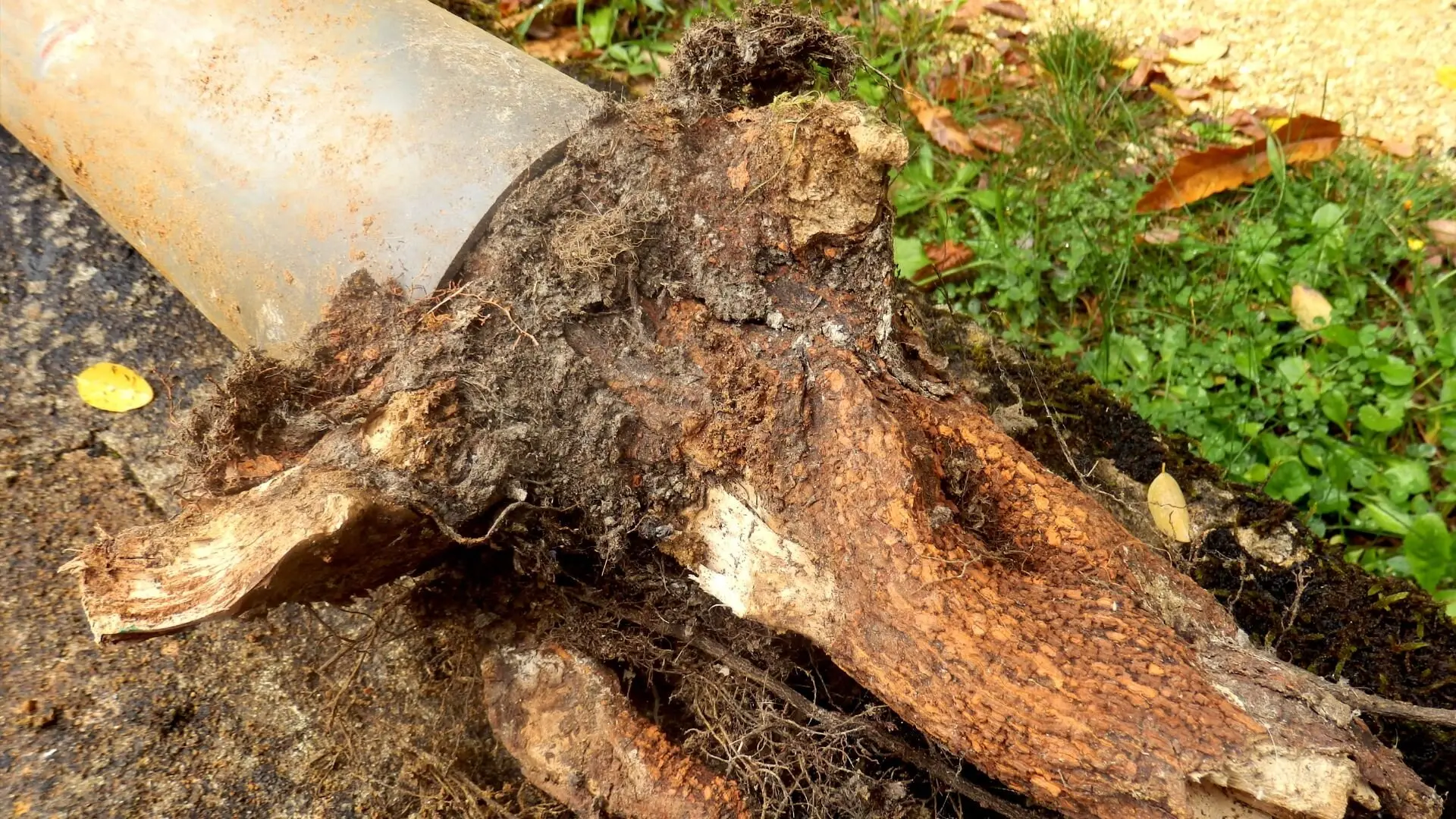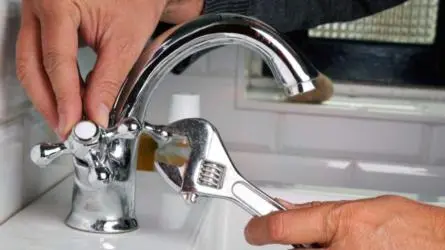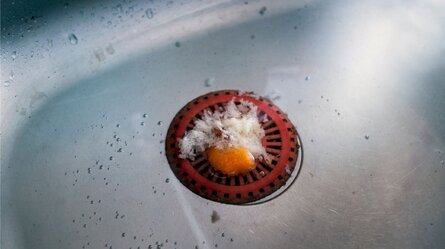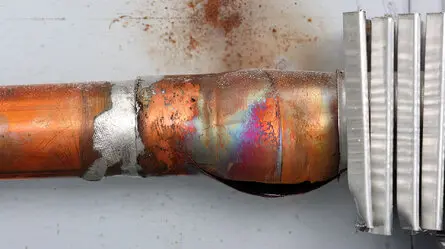Pipe relining is a clever way to fix pipes that are on their way out without digging up your yard. It works by inserting a special resin-coated liner into the old pipe. As it hardens, it forms a strong new pipe within the old one, giving your plumbing a fresh lease on life.
Maintaining a functional plumbing system is crucial for both residential and commercial properties. A well-maintained system ensures the efficient delivery of clean water and the proper removal of waste, preventing potential health hazards and costly damages.
Pipe relining comes with a heap of benefits. It’s far less disruptive because there’s no need to dig up big chunks of your property. Plus, it gives your pipes a longer life, boosts their flow capacity, and is a more budget-friendly alternative to replacing them the old-fashioned way.
Common Signs Your Pipes Need Relining
Spotting the early warning signs of dodgy pipes is key to nipping problems in the bud. Here are some tell-tale signs that your pipes might need relining:

Frequent Blockages and Slow Drainage
One of the most noticeable signs of deteriorating pipes is frequent blockages and slow drainage. If you find yourself constantly dealing with clogs or if water takes longer than usual to drain, it could indicate that your pipes are narrowing due to corrosion, buildup, or damage. These blockages can lead to more severe plumbing issues if not addressed promptly.
Unusual Sounds
If your pipes are throwing a noisy tantrum with gurgling or banging sounds, it’s a sign they’re not in great shape. Gurgling could mean there’s a blockage or trapped air messing with the flow. Banging, known as ‘water hammer,’ might point to loose pipes or high water pressure. Both can lead to hefty damage if ignored.
Visible Leaks and Water Stains
Visible leaks and water stains are clear indicators of pipe issues. Leaks can manifest as damp spots on walls, ceilings, or floors, and they often lead to water stains or discolouration. These signs suggest that the pipes are cracked, corroded, or otherwise compromised, allowing water to escape. Ignoring these symptoms can result in extensive water damage and mould growth.
Additional Indicators
Other signs that your pipes may need relining include reduced water pressure, foul odours emanating from drains, and an increase in water bills due to unnoticed leaks.
If you observe any of these symptoms, it is advisable to consult a plumbing professional to assess the condition of your pipes and determine if relining is a viable solution.
Impact of Damaged Pipes on Your Property

Water Damage to Walls and Floors
Damaged pipes can have severe and far-reaching effects on your property. One of the immediate consequences is water damage to walls and floors. Water seeps into the surrounding materials when pipes leak or burst, causing them to warp, stain, and deteriorate. This affects the aesthetic appeal of your home and can weaken the structural integrity of walls and floors, leading to costly repairs.
Growth of Mould and Mildew
Damaged pipes can also cause mould and mildew to flourish. These fungi love damp spots, and leaky pipes are their ideal breeding ground.
Mould and mildew can spread rapidly, producing spores that can cause respiratory issues and allergic reactions in occupants. In addition, mould growth can be challenging to eradicate, often requiring professional remediation services.
Risk of Structural Damage
The most severe consequence of damaged pipes is the risk of structural damage to the property. Persistent water leakage can compromise the foundation and support structures of your home. Over time, this can lead to significant structural issues, such as weakened beams, sagging floors, and even potential collapse in extreme cases. Addressing pipe issues promptly is essential to prevent such catastrophic outcomes.
The Process of Pipe Relining
Initial Inspection with CCTV Cameras
The pipe relining process begins with a thorough inspection of the existing pipes using CCTV cameras. This step is crucial as it allows plumbers to accurately assess the condition of the pipes, identify any blockages or damage, and determine the extent of the repairs needed. The CCTV inspection provides a clear visual of the interior of the pipes, ensuring that the relining process is precisely planned and executed.
Cleaning the Pipes
Once the inspection is complete, the next step is to clean the pipes. Specialised equipment, such as high-pressure water jets or mechanical cutters, is used to remove any debris, roots, or buildup inside the pipes. This cleaning ensures that the pipe’s interior is smooth and free of obstructions, which is essential for the successful adhesion of the lining material.
Inserting the Lining
After cleaning, the pipe lining process begins. A flexible liner coated with a special epoxy resin is inserted into the damaged pipe. The liner is maneuvered into place using air or water pressure, ensuring it conforms to the shape of the existing pipe. This creates a seamless, jointless new pipe within the old one.
Curing the Lining
Once the liner is in position, it needs to be cured to harden and form a durable, long-lasting new pipe. This curing process can be done using hot water, steam, or UV light, depending on the type of resin used. The curing process typically takes a few hours, after which the new pipe is ready for use.
Final Inspection
The final step involves another CCTV inspection to ensure that the relining has been successfully completed and that the pipe is now free of defects. This step confirms the integrity and functionality of the newly lined pipe, providing peace of mind to property owners.
Benefits of Pipe Relining

Longevity and Durability
One of the primary benefits of pipe relining is the enhanced longevity and durability it provides. Relined pipes are essentially brand-new pipes within the old ones, made from materials that are highly resistant to corrosion, root intrusion, and other common pipe issues. This increased resilience can extend the life of the plumbing system by several decades, offering a long-term solution to pipe deterioration.
Non-Invasive Process
A big upside of pipe relining is how non-invasive it is. Unlike the traditional approach that turns your yard into a construction site, this trenchless technology means little to no digging. So, your landscaping, driveways, and structures stay intact. It’s a cleaner method that cuts down on the usual hassle and speeds up the whole project.
Cost-Effectiveness
Pipe relining is also a highly cost-effective solution when compared to traditional pipe replacement. The reduced need for excavation and restoration work translates to lower labour and material costs. Additionally, the efficiency of the relining process means less downtime and disruption for property owners, further cutting down on potential expenses. Property owners can save significantly on repair costs by avoiding the extensive digging and rebuilding required for traditional methods while still achieving a durable and reliable solution.
Act Now to Protect Your Plumbing System
Ignoring plumbing problems can lead to bigger issues down the line. Slow drains, persistent clogs, and strange noises can all be signs of damaged pipes. Left unchecked, these issues can lead to leaks, sewage backups, and even structural damage. Pipe relining offers a trenchless solution to repair and strengthen your pipes, saving you time, money, and the hassle of excavation.
With a relined pipe, you can enjoy a smooth-functioning plumbing system for years. Don’t wait until a small problem becomes a major headache. Contact Woolf Plumbing today to discuss if pipe relining is the right solution for your home. Our experienced plumbers can assess your needs and provide a free quote.




